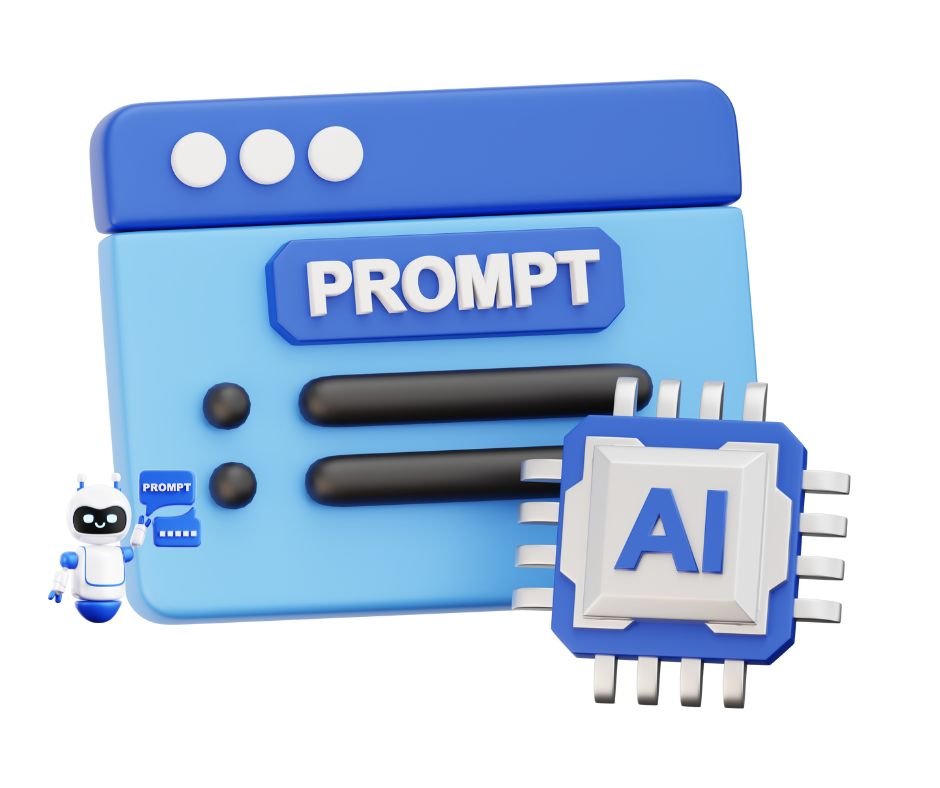Adopting AI tools is only half the journey. The real magic happens when you measure performance, optimize usage, and refine workflows. Otherwise, even the best AI tools can drain costs without delivering results. This section introduces a simple formula, routing rules, and context-management tactics that help you get maximum ROI.
A Simple Formula for Measuring Success
At its core, AI performance in business workflows can be measured with a cost-to-outcome ratio:
📐 Formula:Cost per Successful Outcome=Total AI Tool CostNumber of Successful Outcomes\text{Cost per Successful Outcome} = \frac{\text{Total AI Tool Cost}}{\text{Number of Successful Outcomes}}Cost per Successful Outcome=Number of Successful OutcomesTotal AI Tool Cost
- AI Tool Cost → Includes licensing fees, API usage, and infrastructure.
- Successful Outcomes → The measurable results (resolved tickets, qualified leads, automated invoices, etc.).
👉 The lower this number, the more efficient your AI tool is.
📊 Example Worksheet
| Metric | Value | Notes |
|---|---|---|
| Total AI Tool Cost | $5,000 | Includes monthly API + platform fees |
| Successful Outcomes | 1,000 | Customer support tickets resolved |
| Cost per Successful Outcome | $5 | $5,000 ÷ 1,000 = $5 |
💡 If after optimization, outcomes rise to 1,500 while cost stays at $5,000, the cost per outcome drops to $3.33 → meaning better efficiency.
Routing Rules: Handling Low Confidence & High Complexity
Not all queries or workflows are created equal. AI should handle the easy, high-confidence tasks, while humans step in when complexity rises.
📌 Routing Rule Formula:
- If AI confidence ≥ 80% → Let AI handle autonomously.
- If AI confidence < 80% + complexity is high → Escalate to human expert.
- If AI confidence < 50% even in simple queries → Redirect immediately.
👉 Example: A chatbot answering order status queries (high confidence) can work without intervention. But for a billing dispute (low confidence + high complexity), it should escalate directly to human support.
💡 Infographic Idea: Flowchart — AI Query → Confidence Score → Auto-resolve OR Escalate.
Tactics to Trim Context Safely
AI tools often need context (data, conversation history, documents) to perform well. But giving too much context increases processing cost and sometimes reduces efficiency. Here’s how to trim safely:
- Summaries → Instead of passing full conversation history, store condensed summaries.
- RAG (Retrieval-Augmented Generation) → Pull only relevant knowledge snippets from a database, instead of feeding the entire knowledge base.
- Caching → Save frequently used prompts/responses so the AI doesn’t recompute them every time.
👉 Example: Instead of feeding all 200 past support emails, store a short digest of previous customer interactions.
📊 Table: Context Optimization Methods
| Method | Benefit | Example Use Case |
|---|---|---|
| Summaries | Reduces token usage | Condensed chat logs |
| RAG | Pulls only what’s needed | Knowledge-base queries |
| Caching | Cuts repeated costs | FAQ responses |
Pro Tip: Track Weekly
Don’t just set and forget. Review your cost per successful outcome weekly:
- ✅ If quality holds steady and cost per outcome drops → The system is improving.
- ⚠️ If costs rise while outcomes don’t → Re-evaluate context trimming, routing rules, or even the tool itself.
💡 This habit ensures your AI workflows stay cost-efficient, scalable, and reliable.

